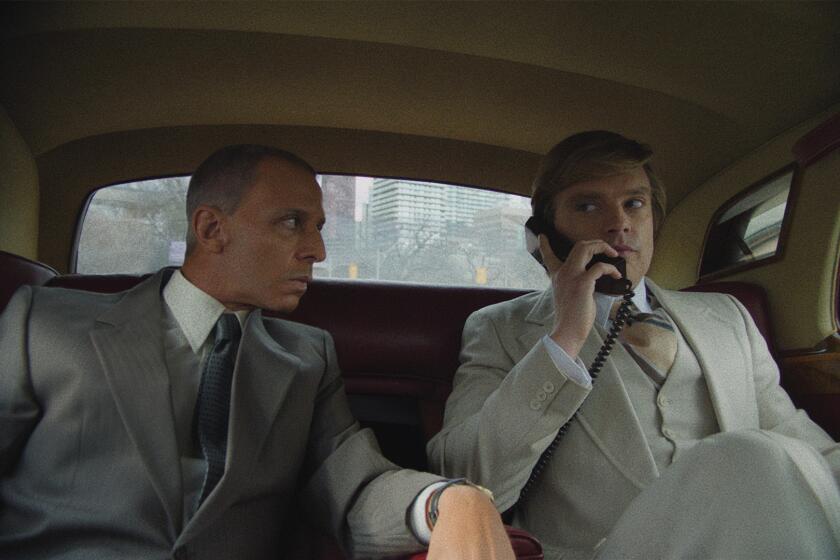Danny Kaye, 74, Dies; His Career Spanned 5 Decades : Comic-Actor Danny Kaye Dies of Heart Failure at 74
- Share via
Danny Kaye, the rubbery-faced, gibberish-spouting comedian who was one of the most successful entertainers of the 1940s, ‘50s and ‘60s, died early today of heart failure.
Kaye, 74, was admitted to Cedars-Sinai Medical Center on Sunday afternoon suffering from intestinal bleeding and hepatitis as a result of transfusions he received during heart surgery in 1983.
Kaye’s wife, Sylvia, and daughter, Dena, were with him when he died.
His silly patter, funny walks and air of innocence and likability propelled Kaye from the Catskill borscht-belt circuit to international stardom.
Work for UNICEF
Though the demand for his talents slackened in the 1970s, Kaye remained busy, doing semi-serious stints as a guest conductor of major symphony orchestras, appearances and tours for the United Nations Children’s Fund, doubling as a chef for exotic Chinese dinners for friends at his Beverly Hills home and, generally, slowing down hardly at all after his heart surgery.
Kaye’s 40-year show business career included roles in films such as “The Secret Life of Walter Mitty” in 1946 and “White Christmas” in 1954. He received an honorary Academy Award in 1954, the Jean Hersholt Humanitarian Award from the Academy of Motion Picture Arts and Sciences in 1982 and an Emmy in 1964 for his long-running “Danny Kaye Show” on television.
Kaye was born David Daniel Kominsky on Jan. 18, 1913, in Brooklyn, N.Y., the son of Soviet-Jewish immigrants.
Yiddish was the language of the Kominsky home, and it was not until elementary school that young David began to learn English.
He became bored with school and took off to Florida with a partner, singing for pennies at resorts.
Finally, in 1933, the young entertainer got a real break. A boy-and-girl vaudeville dancing act picked him up, and he opened in Utica, N.Y., as one of The Three Terpsichoreans. David Kominsky chose Danny Kaye as his stage name.
He toured the country for a time, then the act signed on for a series of performances in the Orient. Kaye, who was singing, dancing, doing monologues and playing the straight man for others, found himself suddenly having to entertain non-English speaking audiences.
Faced with that problem, Kaye began to develop the techniques that would make him famous--his funny face-making, pantomime and scat singing.
Kaye returned to the United States in 1936 and found himself working summer stock in the Pocono Mountains of Pennsylvania where he met pianist-composer Sylvia Fine, whom he married several years later. Fine and her partner, Max Liebman, wrote such popular Kaye musical ditties as “Stravinsky” and “Anatole of Paris.”
Fine and Liebman put most of their best songs into a Broadway show, titled “The Straw Hat Revue,” which had a successful 10-week run in 1939. Its lead was Imogene Coca, but the show made Danny Kaye a star.
He packed a then-popular New York City nightclub, La Martinique, for months, and playwright Moss Hart wrote a part for him in the Gertrude Lawrence vehicle, “Lady in the Dark.”
Kaye’s double-talk and personality attracted the attention of movie magnate Samuel Goldwyn and, in 1944, Kaye, classified 4-F because of a back problem, was cast in his first feature film, “Up in Arms.” Several others soon followed and his career was firmly launched.
More to Read
The biggest entertainment stories
Get our big stories about Hollywood, film, television, music, arts, culture and more right in your inbox as soon as they publish.
You may occasionally receive promotional content from the Los Angeles Times.










